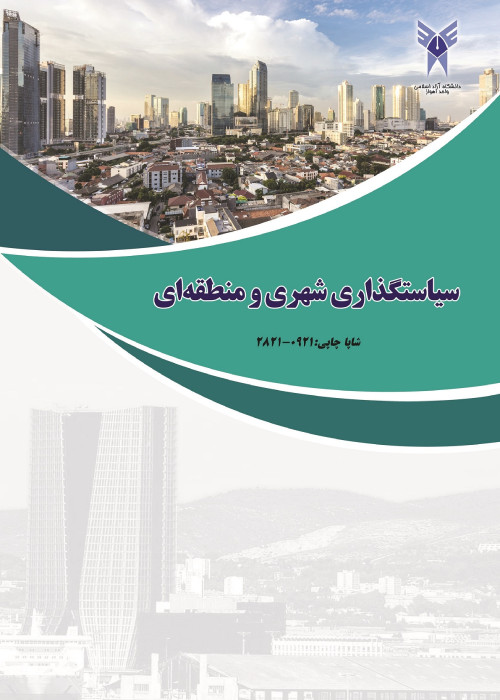Policy-making about the efficiency of detailed plans with an emphasis on livability (Case Study: District 1 of Tehran)
The city as a geographical, economic, political and sociological reality in each period of its development has been influenced by each of these factors and has influenced each of them. The complexity of each of these factors has created the complexity of the city as their spatial crystallization. Certainly, organizing and regulating the city and how it grows and evolves requires the thematics of the city and urban issues and then planning for it. In general, the belief in improving the environment is one of the sources of the idea of urban planning and perhaps its most important ideology. The purpose of this study is to evaluate the effectiveness and efficiency of the detailed plan of Tehran Region 1 with emphasis on livability. The research method is applied in terms of purpose and descriptive-analytical methodology. In order to evaluate the content validity of the assessment tool, the questionnaires were provided to experts and specialists in the field. Findings show that the structural variable was the only variable that could only directly affect the efficiency and effectiveness of the detailed design. According to the results of regression analysis, the legal and executive variables have both directly and indirectly affected the efficiency and effectiveness of the detailed plan. The direct and indirect effects for the legal and executive variables are 0.429 and 0.201, respectively.
- حق عضویت دریافتی صرف حمایت از نشریات عضو و نگهداری، تکمیل و توسعه مگیران میشود.
- پرداخت حق اشتراک و دانلود مقالات اجازه بازنشر آن در سایر رسانههای چاپی و دیجیتال را به کاربر نمیدهد.



